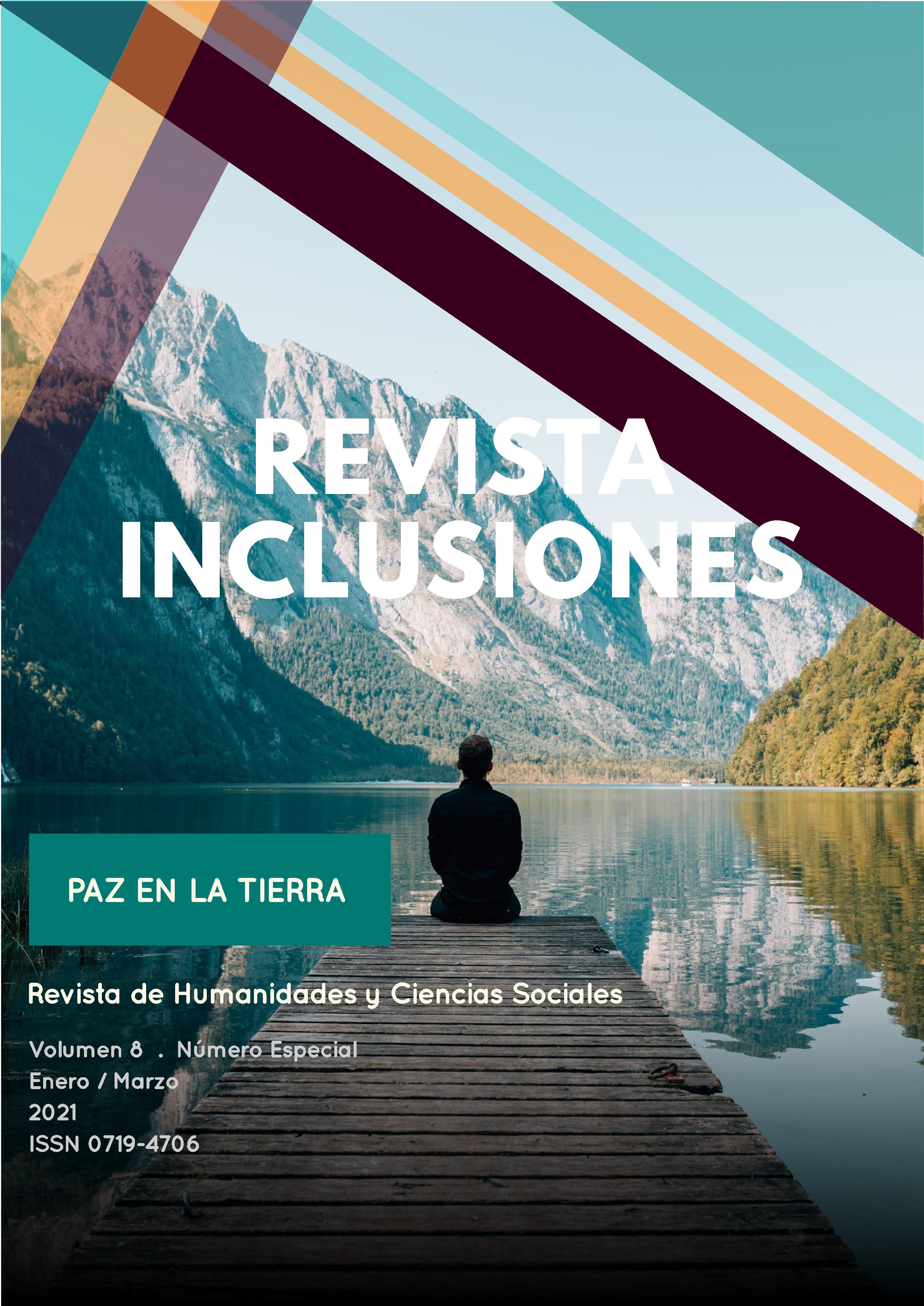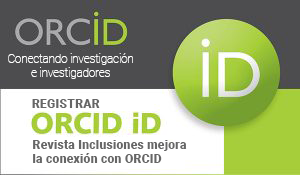BREAKING THE “GLASS CEILING”: FEMALE ASCENSION ON LABOUR MARKET UNDER ILO CONVENTIONS AND POLICIES
Keywords:
Glass ceiling, International Labour Marketing, Leadership positionsAbstract
The International Labour Organization (ILO), through recommendations and international treaties, since it's foundation, states norms for the guarantee of a decent, productive, adequate and paid work, done with all the conditions of liberty, safety and equity between men and women. In 2019, ILO celebrates it's centennial birthday, and despite gender equity being a world goal, aiming the equality of salaries and opportunities, it's still possible to declare that women's inclusion in leadership positions still faces obstacles on structural sexism, thus represented by the phenomenon called glass ceiling, which is an invisible barrier, though resistent enough to prevent female professional ascension. The stereotypical vision of female work, based on activity division, on organizational culture and family responsibilities brings a dangerous segregation, as it fits women on certain niches of employment, blocking their progression. Therefore, the goal of the present essay is to analyze the female Labour Law through the barriers imposed by the glass ceiling, demonstrating the disparities in the work market and leadership positions, based only on gender issues, bringing the main conventions and policies presented by ILO and by signing countries, with the goal of breaking the barrier. For this purpose, the deductive method was used, with bibliographic, legislative and documental research, which aided on the data analysis, fostering the discussion. The results evidenced the influence of this invisible barrier on women's ascension to leadership positions and the importance of applying effective policies that break the segregationist patterns, allowing the transformation of both corporate and social culture, enabling female empowering on all sectors of the labour market.
Published
How to Cite
Issue
Section
Los autores retienen los derechos de autor y otorgan a Revista Inclusiones el derecho de publicación bajo Creative Commons Attribution 4.0 International (CC BY 4.0). Esto permite el uso, distribución y reproducción en cualquier medio, siempre que se otorgue la debida atribución al autor.











